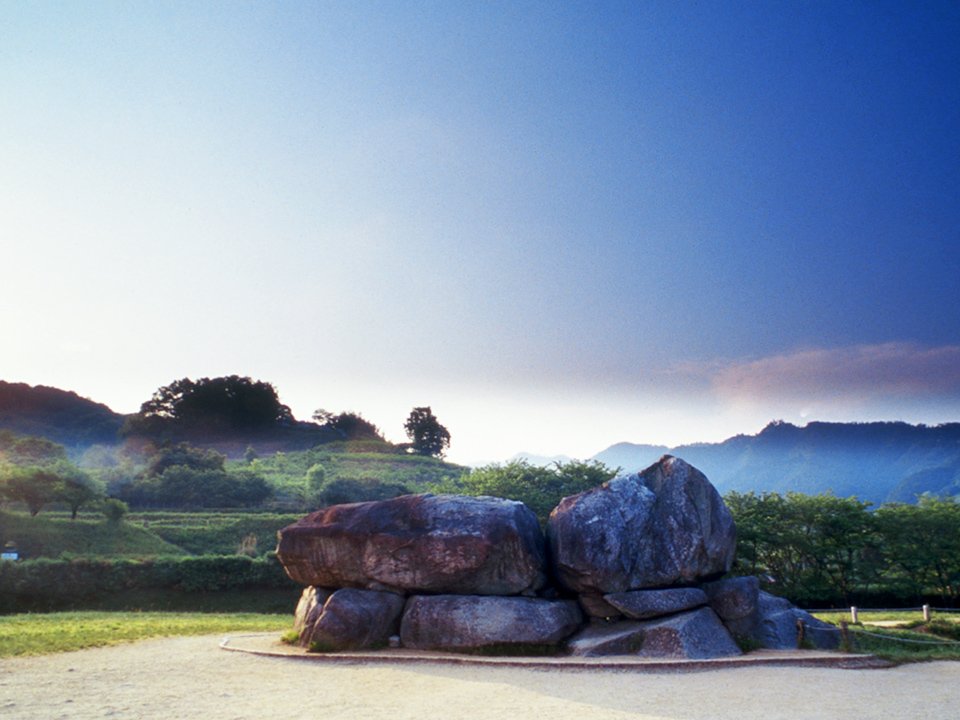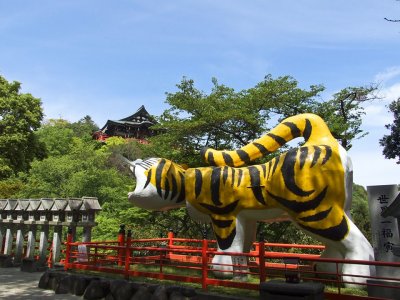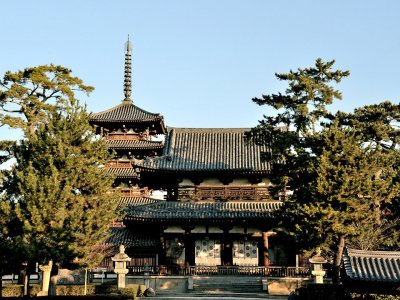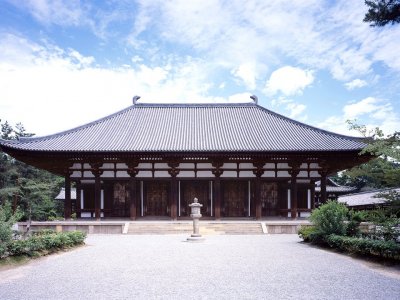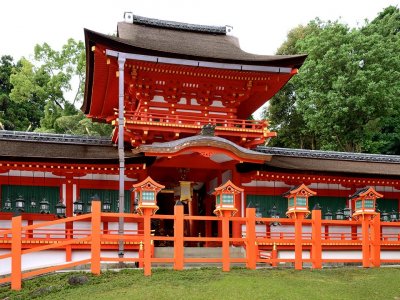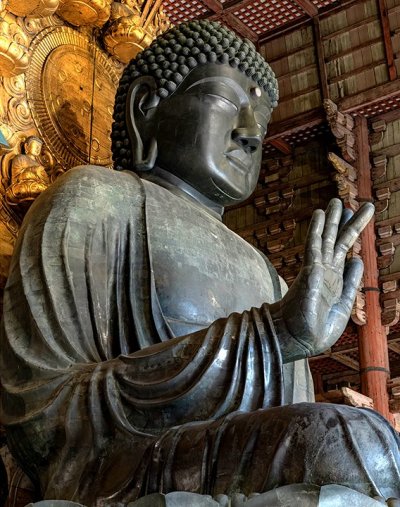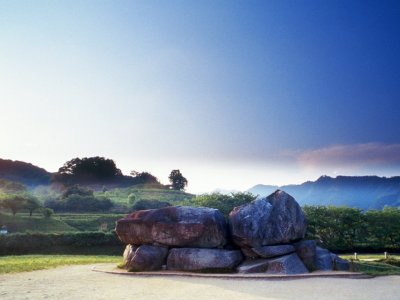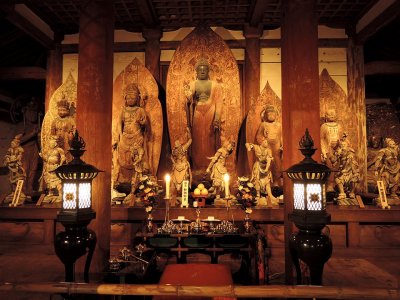About the facility
Ishibutai is a stone burial mound built in the 6th century with 30 boulders, making it one of the largest burial mounds in Japan. Since the soil that used to cover the mound was lost and has exposed the flat surface of the top boulders, the mound is called Ishibutai (stone stage). The boulders are estimated to weigh 2,300 tons, with the largest top boulders (ceiling boulder) weighing some 77 tons on the south side and 64 tons on the north side. It is not known who owned this gigantic burial mound, but many believe that it belonged to a politician and aristocrat named Soga No Umako, because his garden was found nearby. The burial mound is flanked by cherry and peach blossoms in spring, and cluster-amaryllis in autumn.
Special offers of KANSAI RAILWAY PASS
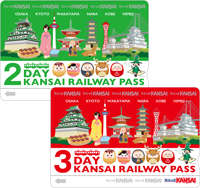
Group fare discount applies
Access
- Closest stations/bus stops
-
Kashihara Jingumae Station East Exit (2) → (Nara Kotsu Bus No. 16/17/23 bound for Asuka Station) → Ishibutai, 440 yen
Asuka Station → (Nara Kotsu Bus No. 16/23 bound for Kashihara Jingumae Station East Exit) → Ishibutai, 320 yenBus fare separately required.
- KANSAI RAILWAY PASS Reference links
Map and information
Recommended places to visit in NARA
Areas you can travel to with KANSAI RAILWAY PASS
-
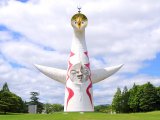
OSAKA
The most popular area in Kansai,
with many vibrant spots. -
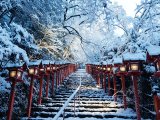
KYOTO
Kyoto is the place to visit if you want to enjoy traditional Japan.
-
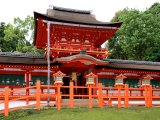
NARA
This is an area with many historic temples and shrines, as well as lots of nature.
-
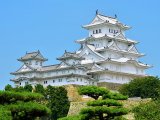
KOBE/HIMEJI
Kobe is a town surrounded by the ocean and mountains, while Himeji boasts Himeji Castle, a world heritage site.
-
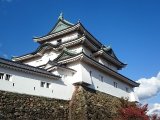
WAKAYAMA
It is renowned for world-heritage Koyasan.
-

SHIGA
Visit Hieizan Enryakuji temple and Lake Biwa, the largest lake in Japan.
